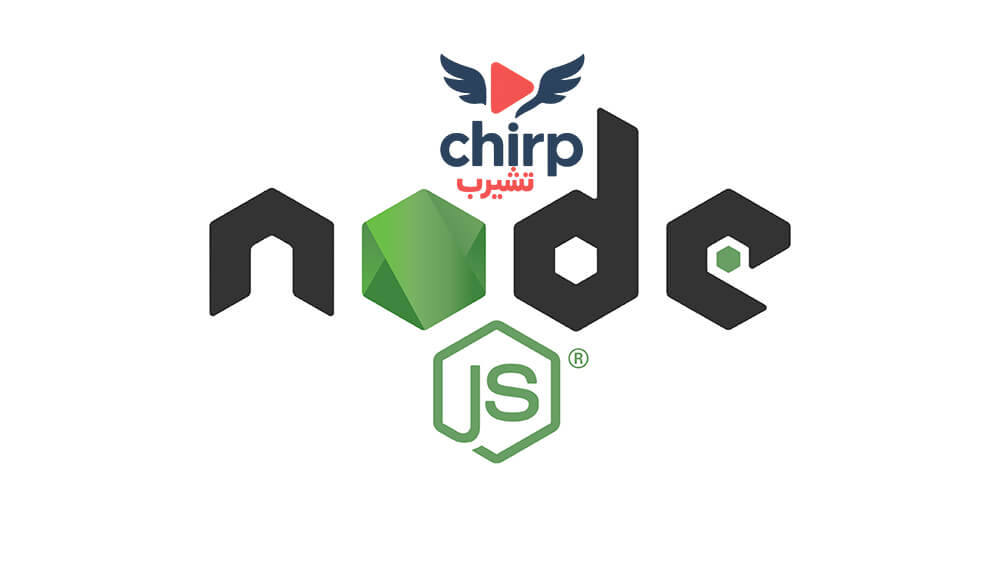فهم MongoDB Join في Node.js
تعتبر MongoDB واحدة من أشهر قواعد البيانات غير العلائقية التي تعتمد على الوثائق والتي تُستخدم بشكل واسع في تطوير تطبيقات الويب. ومع ذلك، في بعض الأحيان، نحتاج إلى دمج البيانات من مجموعات متعددة كما نفعل باستخدام عمليات الجمع في قواعد البيانات العلائقية. على الرغم من أن MongoDB لا تدعم عمليات الجمع بشكل مباشر مثل SQL، إلا أنه يمكن تحقيق ذلك باستخدام طرق أخرى مثل lookup في Node.js. في هذا المقال، سنستعرض كيفية تنفيذ عمليات الجمع في MongoDB باستخدام Node.js مع تقديم أمثلة متعددة لشرح المفهوم بشكل واضح.
استخدام Aggregation Pipeline مع $lookup
في [شركة برمجة مصرية] MongoDB، يمكن استخدام $lookup كجزء من Aggregation Pipeline لتحقيق عمليات الجمع بين مجموعتين. يُستخدم $lookup للدمج بين المجموعات بناءً على شروط معينة. دعونا نلقي نظرة على مثال عملي باستخدام Node.js.
const { MongoClient } = require('mongodb');
async function performJoin() {
const uri = 'your_mongodb_connection_string';
const client = new MongoClient(uri);
try {
await client.connect();
const database = client.db('sample_database');
const orders = database.collection('orders');
const customers = database.collection('customers');
const result = await orders.aggregate([
{
$lookup: {
from: 'customers',
localField: 'customerId',
foreignField: '_id',
as: 'customerDetails'
}
}
]).toArray();
console.log('Joined Data:', result);
} finally {
await client.close();
}
}
performJoin().catch(console.error);في المثال أعلاه، نقوم بدمج مجموعة orders مع مجموعة customers باستخدام حقل customerId في orders وحقل _id في customers. النتيجة هي مجموعة من الوثائق تحتوي على تفاصيل الطلبات مع المعلومات المرتبطة بالعملاء.
أمثلة إضافية وتطبيقات عملية
يمكن استخدام $lookup أيضًا لإنشاء عمليات جمع معقدة تشمل شروط متعددة أو دمج أكثر من مجموعة. على سبيل المثال، يمكننا دمج مجموعة products مع orders لإظهار [شركة برمجة مصرية] تفاصيل المنتجات المطلوبة في كل طلب.
async function joinOrdersWithProducts() {
const uri = 'your_mongodb_connection_string';
const client = new MongoClient(uri);
try {
await client.connect();
const database = client.db('sample_database');
const orders = database.collection('orders');
const products = database.collection('products');
const result = await orders.aggregate([
{
$lookup: {
from: 'products',
localField: 'productId',
foreignField: '_id',
as: 'productDetails'
}
}
]).toArray();
console.log('Orders with Product Details:', result);
} finally {
await client.close();
}
}
joinOrdersWithProducts().catch(console.error);في هذا المثال، نقوم بدمج مجموعة orders مع مجموعة products باستخدام productId لضمان عرض تفاصيل كل منتج مع الطلبات المرتبطة به. هذه التقنية توفر مرونة عالية عند التعامل مع مجموعات البيانات الكبيرة والمعقدة في MongoDB.

